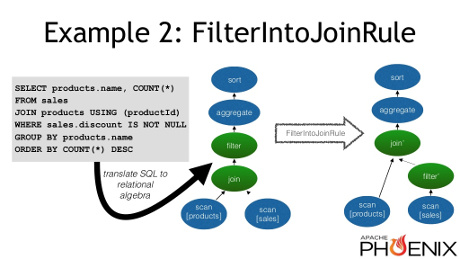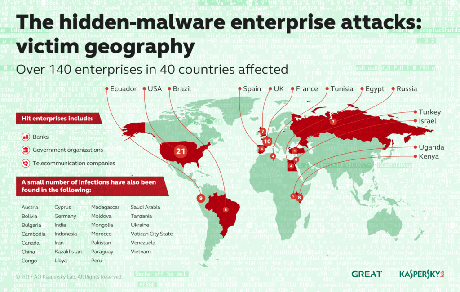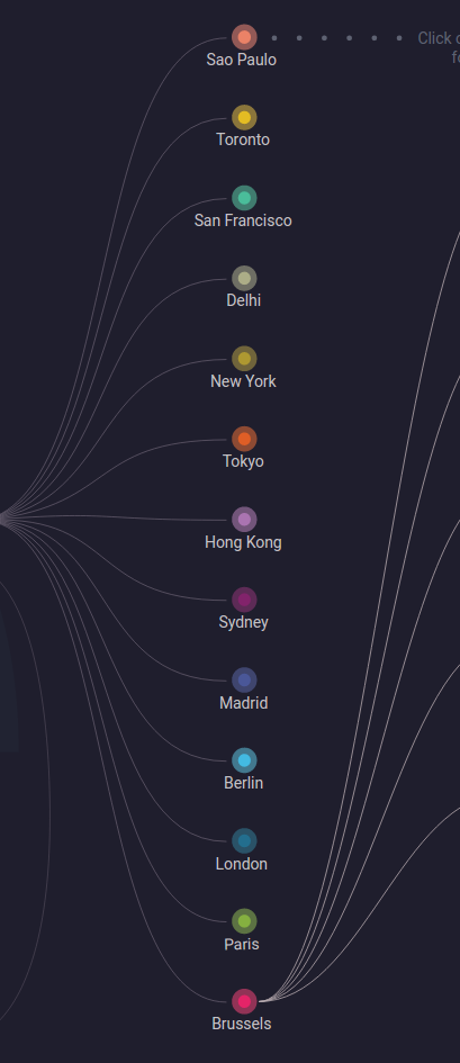Court: Posting Standards Online Violates Copyright Law by Trey Barrineau.
From the post:
Last week, the U.S. District Court for the District of Columbia ruled that public-records activist Carl Malamud’s organization, Public.Resource.Org, violated copyright law by publicly sharing standards that are used in laws such as building codes. It also said organizations that develop these standards, including those used in the fenestration industry, have the right to charge reasonable fees to access them. Malamud told DWM in an e-mail that he’ll appeal the ruling.
… (emphasis in original)
I was working on a colorful rant, invoking Mr. Bumble in Charles Dickens’s Oliver Twist:
“If the law supposes that,” said Mr. Bumble, squeezing his hat emphatically in both hands, “the law is a ass- a idiot.
based on the report of the decision when I ran across the full court opinion:
AMERICAN SOCIETY FOR TESTING AND MATERIALS, et al., Plaintiffs, v. PUBLIC.RESOURCE.ORG, INC., Defendant. Case No. 13-cv-1215 (TSC)
The preservation of copyright despite being referenced in a law and/or regulation (pages 19-24) is one of the stronger parts of the decision.
In part it reads:
…
Congress was well aware of the potential copyright issue posed by materials incorporated by reference when it crafted Section 105 in 1976. Ten years earlier, Congress had extended to federal agencies the authority to incorporate private works by reference into federal regulations. See Pub. L. No. 90-23, § 552, 81 Stat. 54 (1967) (codified at 5 U.S.C. § 552) (providing that “matter reasonably available to the class of persons affected thereby is deemed published in the Federal Register when incorporated by reference therein with the approval of the Director of the Federal Register”). However, in the Copyright Act of 1976, Congress made no mention of these incorporated works in § 105 (no copyright for “any work of the United States Government”) or any other section. As the House Report quoted above indicates, Congress already carefully weighed the competing policy goals of making incorporated works publicly available while also preserving the incentives and protections granted by copyright, and it weighed in favor of preserving the copyright system. See H.R. Rep. No. 94-1476, at 60 (1976) (stating that under § 105 “use by the Government of a private work would not affect its copyright protection in any way”); see also M.B. Schnapper v. Foley, 667 F.2d 102, 109 (D.C. Cir. 1981) (analyzing Copyright Act and holding that “we are reluctant to cabin the discretion of government agencies to arrange ownership and publication rights with private contractors absent some reasonable showing of a congressional desire to do so”).
However, recognizing the importance of public access to works incorporated by reference into federal regulations, Congress still requires that such works be “reasonably available.” 5 U.S.C. § 552(a)(1). Under current federal regulations issued by the Office of the Federal Register in 1982, a privately authored work may be incorporated by reference into an agency’s regulation if it is “reasonably available,” including availability in hard copy at the OFR and/or the incorporating agency. 1 C.F.R. § 51.7(a)(3). Thirteen years later, Congress passed the National Technology Transfer and Advancement Act of 1995 (“NTTAA”) which directed all federal agencies to use privately developed technical voluntary consensus standards. See Pub. L. No. 104-113, 110 Stat. 775 (1996). Thus, Congress initially authorized agencies to incorporate works by reference, then excluded these incorporated works from § 105 of the Copyright Act, and, nearly twenty years later, specifically directed agencies to incorporate private works by reference. From 1966 through the present, Congress has remained silent on the question of whether privately authored standards and other works would lose copyright protection upon incorporation by reference. If Congress intended to revoke the copyrights of such standards when it passed the NTTAA, or any time before or since, it surely would have done so expressly. See Whitman v. Am. Trucking Ass’ns, Inc., 531 U.S. 457, 468 (2001) (“Congress . . . does not alter the fundamental details of a regulatory scheme in vague terms or ancillary provisions—it does not . . . hide elephants in mouseholes.”); United States v. Fausto, 484 U.S. 439, 453 (1988) (“[It] can be strongly presumed that Congress will specifically address language on the statute books that it wishes to change.”). Instead, Congress has chosen to maintain the scheme it created in 1966: that such standards must simply be made reasonably available. See 5 U.S.C. § 552(a)(1).
… (emphasis in original, pages 21-23)
Finding to the contrary, that is referencing a privately authored standard as terminating the rights of a copyright holder, creates obvious due process problems.
Some copyright holders, ASTM for example, report sales as a substantial portion of their yearly income. ASTM International 2015 Annual Report gives an annual operating income of $72,543,549, of which, $48,659,345 was from publications. (page 24)
Congress could improve both the “reasonable access” for citizens and the lot of standard developers by requiring:
- for works incorporated by reference into federal regulations, agencies must secure a license renewable without time limit for unlimited digital reproduction of that work by anyone
- digital reproductions of such works, whether by the licensing agency or others, must reference the work’s publisher for obtaining a print copy
That gives standard developing organizations a new source of revenue, increases the “reasonable access” of citizens, and if past experience is any guide, digital copies may drive print sales.
Any takers?











